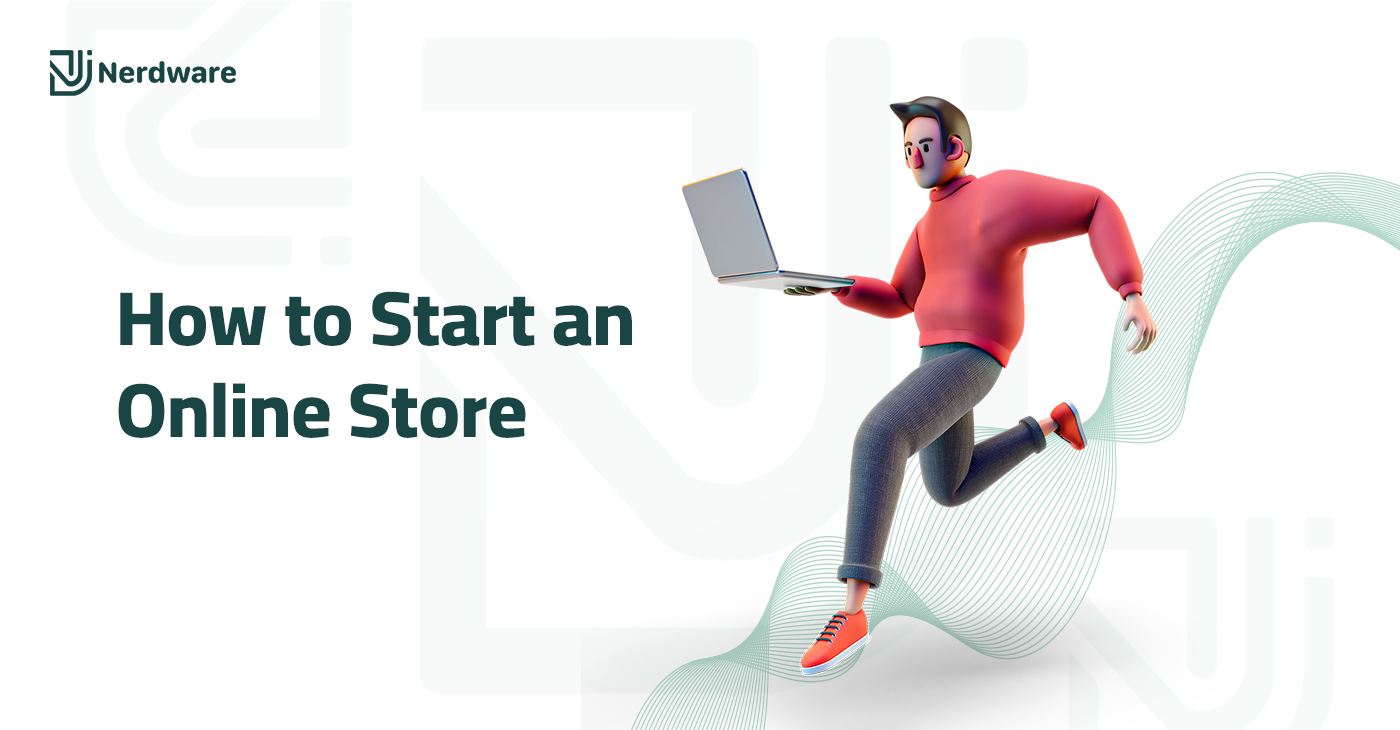
From Concept to Launch: The Importance of UX/UI Design in Building Successful Apps and Websites

Understanding UX/UI Design
User Experience (UX) and User Interface (UI) design are crucial components in the creation of effective digital products such as applications and websites. While the terms are often used interchangeably, they refer to different aspects of the design process. UX design focuses on the overall experience a user has while interacting with a product. This encompasses everything from ease of use and navigation to the emotions elicited during the interaction. It aims to understand and improve the usability, accessibility, and pleasure provided in the interaction between the user and the product.
On the other hand, UI design refers to the specific visual elements that users interact with on the interface of an application or website. This includes buttons, icons, spacing, typography, and color schemes. UI designers work closely with UX designers to ensure that the visual elements align with the desired user experience. The integration of attractive and functional UI elements within an intuitive UX framework is vital for creating an engaging product that meets user needs.
The interplay between UX and UI can significantly affect user satisfaction and retention rates. When users find an application or a website easy to navigate and visually appealing, they are more likely to engage with the content, return to the product, and recommend it to others. Effective UX/UI design can enhance user interactions, making them feel more streamlined and enjoyable. This ultimately contributes to the overall success of digital products, as satisfied users are essential for sustaining a competitive edge in today’s fast-paced market.
The Impact of UX/UI Design on User Engagement
User engagement is a critical factor in the success of applications and websites, making the role of UX/UI design increasingly important. Effective design principles can significantly influence how users interact with a digital platform, ensuring that they remain interested and return for more frequent use. Central to this is the concept of intuitive navigation, which allows users to easily find what they are looking for without unnecessary confusion. A well-structured interface that anticipates user needs can create a seamless experience, fostering engagement.
Accessibility also plays a fundamental role in UX/UI design. Ensuring that a digital product is usable by people with varying abilities broadens the user base and enhances engagement among all users. Designing with inclusivity in mind not only meets ethical standards but also cultivates a loyal user community. Websites and applications that prioritize accessibility features, such as screen reader compatibility, alt text for images, and keyboard navigation, are more likely to retain users.
Visual appeal is another key component of user engagement. An aesthetically pleasing design draws users in, creating a positive first impression and encouraging exploration. Studies have shown that users tend to associate beautiful designs with credibility and quality, making it more likely for them to interact with the platform. Elements such as color schemes, typography, and imagery must be carefully considered to evoke the desired emotional response and maintain users’ attention.
Real-world examples of successful applications and websites illustrate the power of strong UX/UI design in fostering user engagement. Platforms like Airbnb and Spotify exemplify how thoughtful design can enhance user experience by integrating engaging visuals and intuitive navigation. These applications have effectively managed to create emotional connections with their users, resulting in not only repeated visits but also active user participation. By understanding and implementing the key principles of UX/UI design, developers can significantly elevate user engagement metrics and overall satisfaction.
Nerdware’s Design Process: Ensuring Seamless Experiences
Nerdware’s design process is meticulously structured to prioritize user experience (UX) and user interface (UI), ensuring that each application and website is intuitive and engaging. The initial phase of the process focuses on comprehensive user research. By gathering qualitative and quantitative data, the design team gains insight into the needs, behaviors, and preferences of the target audience. This research phase is critical as it establishes the foundation for design decisions, ultimately guiding the aesthetic and functional elements of the product.
Following user research, the team progresses to wireframing, where the layout and structure of the application or website are conceptualized. This stage emphasizes the usability of the design, outlining how different elements interact within the interface. By creating low-fidelity wireframes, the designers can quickly visualize ideas and iterate based on initial feedback. This iterative approach is essential in refining concepts before advancing to more detailed design stages.
Once the wireframes are established, the design team moves on to prototyping. High-fidelity prototypes are developed to provide a more polished representation of the final product. This enables stakeholders and users alike to experience the app or website in a near-live environment. User testing is then conducted, gathering critical feedback on usability and functionality. This feedback loop is invaluable, as it helps identify pain points and areas for improvement.
The final phase of Nerdware’s design process emphasizes iteration based on user testing insights. Continuous refinement ensures that the end product aligns with user expectations and preferences, fostering seamless interactions. By embedding user feedback at every stage, Nerdware not only enhances the overall user experience but also contributes to higher satisfaction and retention rates. This meticulous approach illustrates the importance of UX/UI design in creating successful digital solutions.
Conclusion: The Long-Term Benefits of Investing in UX/UI Design
Investing in UX/UI design is a critical component for businesses aiming to foster long-term success in the competitive digital landscape. Exceptional user experience and user interface design not only enhance usability but also create a more engaging interaction for users. This approach to design has a profound impact on customer loyalty; when users find an application or website intuitive and pleasant to use, they are more likely to return and recommend it to others. This word-of-mouth marketing is invaluable, as satisfied customers become brand advocates, leading to sustained growth and revenue.
Furthermore, effective UX/UI strategies can directly influence conversion rates. When users encounter a well-designed interface that guides them seamlessly toward completing desired actions, such as making a purchase or signing up for a newsletter, business conversion rates naturally increase. A thoughtfully designed user journey keeps users engaged and minimizes frustration, which can often lead to cart abandonment or exit from the website. Therefore, prioritizing an outstanding user experience can translate into increased sales and better performance metrics.
Besides fostering user loyalty and improving conversion rates, a strong UX/UI design enhances a company’s brand reputation. Brands that are recognized for their exceptional user-centric design easily differentiate themselves in the crowded market. This unique identity not only attracts new users but also retains existing ones, creating a robust community of loyal customers. In an era where competition is fierce, companies focusing on user-centered design can gain a significant competitive edge.
To improve UX/UI practices, businesses should invest in user research to understand their audience better, employ iterative design processes, and recognize the importance of accessibility. Engaging with users through feedback can also refine designs and enhance their overall effectiveness. Ultimately, a commitment to effective UX/UI design yields substantial long-term benefits, positioning companies favorably within their respective industries.







